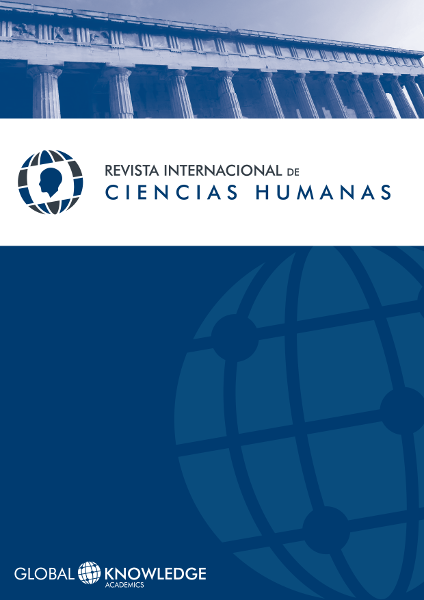Philosophical view of the historical constitution of Bohr's complementarity principle
Keywords:
Complementarity, Bohr, Philosophy of Physics, Ondulatory, Corpuscular, Theoretical ModelAbstract
This paper is a chronology of the theoretical proposals and experiments that led to Bohr's complementarity principle. This work exhibits how, under this principle, two classical models underlie: ondulatory and corpuscular. These are an analogy to describe and predict quantum phenomena. These models and mutually exclusive in both areas, classic and quantum. Nonetheless, the quantum phenomena require the application -though not simultaneously - of both to achieve the complete treatment. The question is whether the extrapolation of these models, in addition to their instrumental adequation, can be considered as close to reality.
References
Bohr, N. (1935). Can Quantum Mechanical Description of Physical Reality be Considered Complete? Physical Review 48, 15th October.
Bohr, N. (1970). Nuevos ensayos sobre física atómica y conocimiento humano. Madrid: Ed. Aguilar.
Bunge, M. (1978) Filosofía de la física. Barcelona: Ariel.
Einstein, A.; Podolsky, B.; Rosen, N. (1935). Can Quantum-Mechanical Description of Physical Reality Be Considered Complete? The Physical Review 47, May 15.
Eisberg, R.; Resnick, R. (1986). Física Cuántica. México: Ed. Limusa.
Heisenbeg, W. (1972) Diálogos sobre física atómica. Madrid: BAC.
Heisenbeg, W. (1930). The Physical Principles of the Quantum Theory. Z.f. Phys. 33, (925).
Projorov, A.M. (1995-1996). Diccionario Enciclopédico de Física. Moscú-Madrid: Ed. MIR.
Projorov, A.M. (coord.) (1998). Enciclopedia de Física. Moscú: Ed. Gran Enciclopedia Rusa.
Rivadulla, A. (2004). Éxito, razón y cambio en física. Madrid: Ed. Trotta.
Rivadulla, A. (2003). Revoluciones en Física. Madrid: Ed. Trotta.
Rivadulla, A. (ed.) (2002). Hipótesis y verdad en ciencia. Philosophica Complutenisa 19. Madrid: Ed. Complutense.
Salam, Heisenberg, Dirac (1990). La unificación de las fuerzas fundamentales. Barcelona: Gedisa.
Published
Issue
Section
License
All articles are published under an Attribution-NoDerivatives 4.0 International (CC BY-ND 4.0) license. Authors retain copyright over their work.

